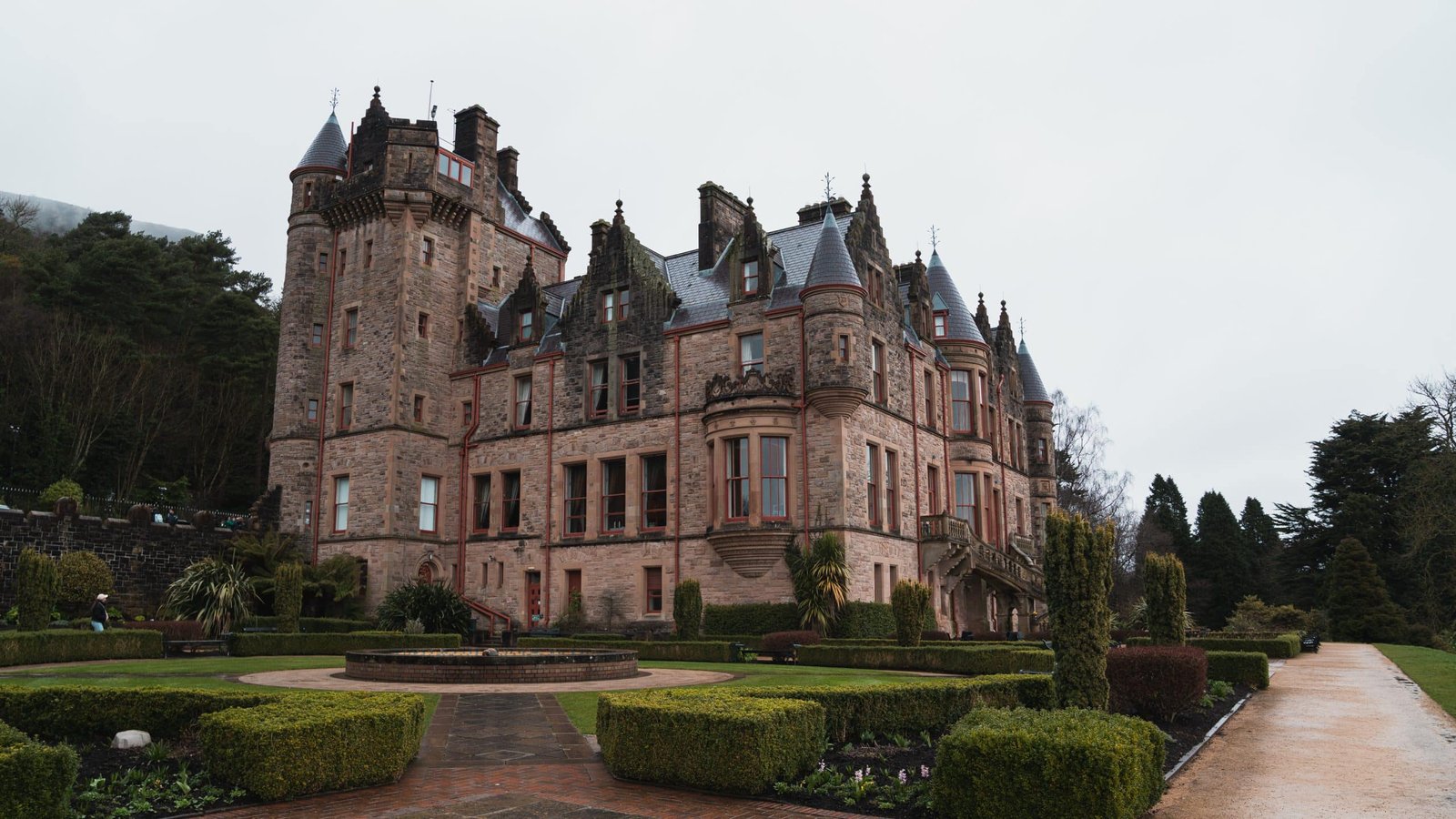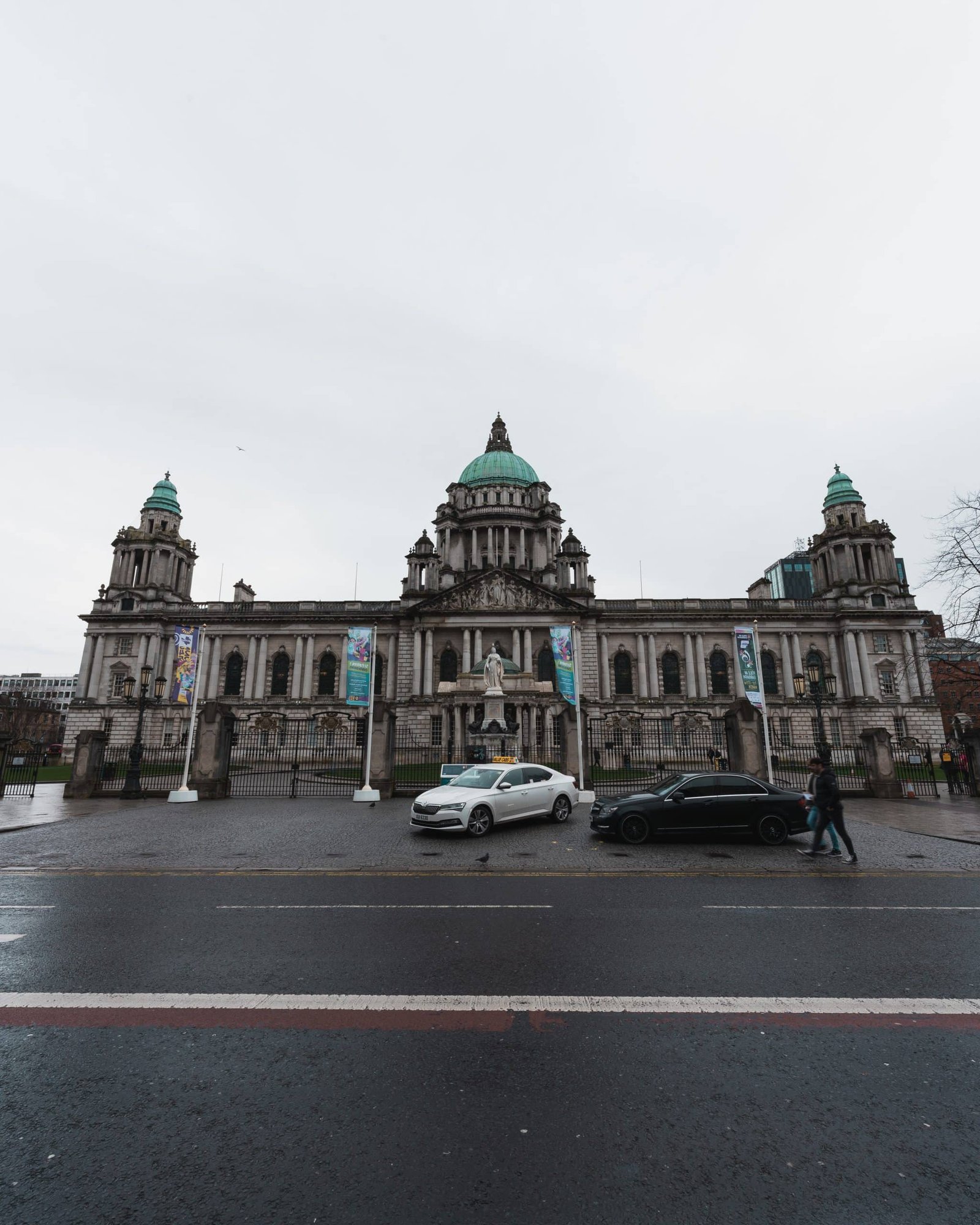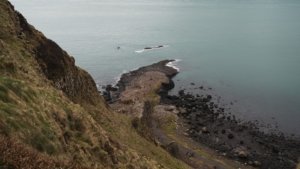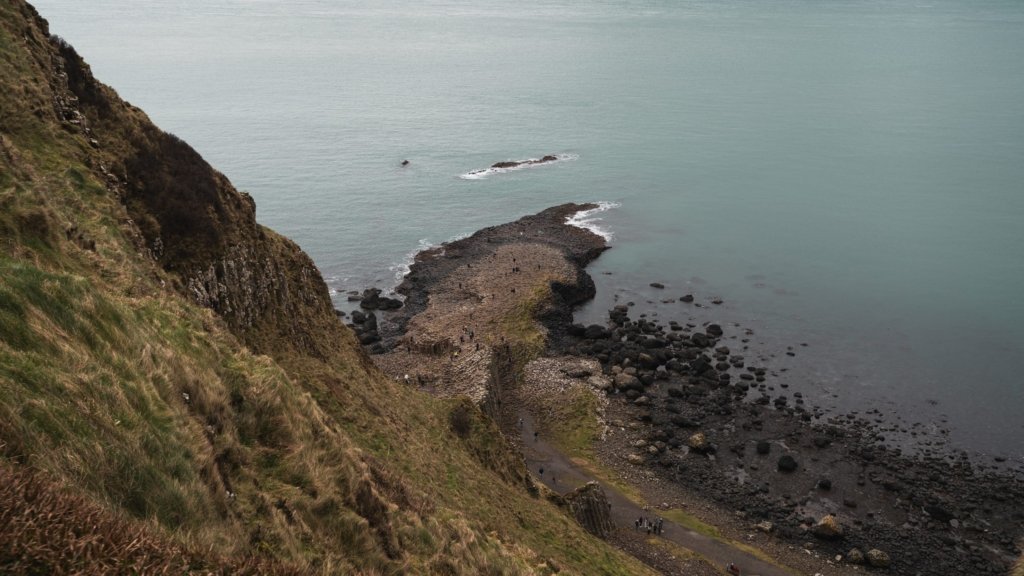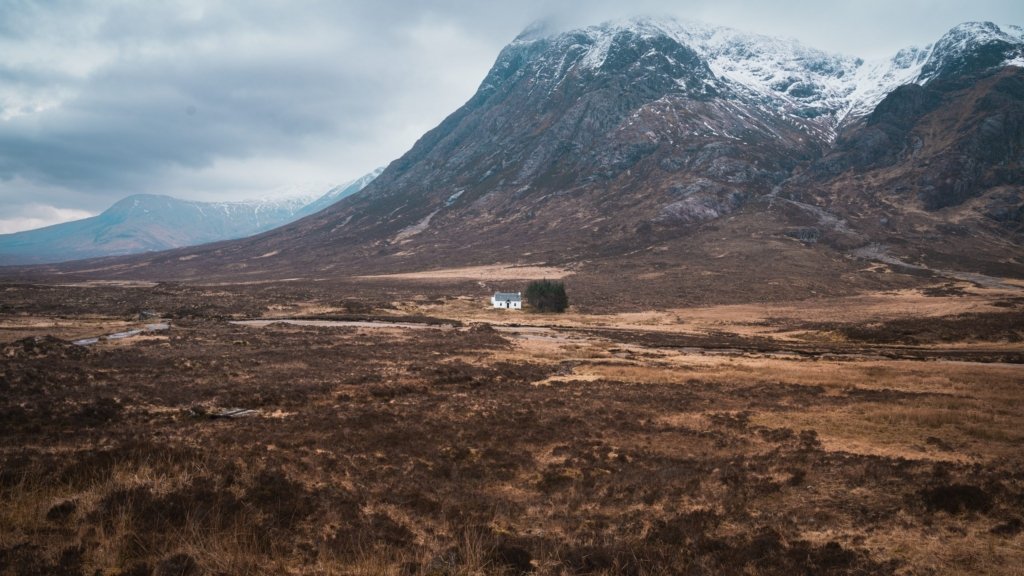Belfast, the vibrant capital of Northern Ireland, offers a unique blend of historical depth, cultural diversity and stunning beauty. Once shaped by the Industrial Revolution and political conflict, the city has evolved into a modern and welcoming destination.
Location
Located in the east of the country, Belfast is accessible by land, sea and air. The city lies at the mouth of the River Lagan in Belfast Bay. The capital of Northern Ireland is the second largest city on the island of Ireland after Dublin and has a population of around 343,000.
History
The city’s history dates back to the early 17th century. A Norman castle was built on the site of the present city in 1177, and the city was founded by Sir Arthur Chichester in 1603. It was an important location for the shipbuilding industry and is known as the birthplace of the Titanic, which was built here in 1912. Politically, the city experienced the tensions of the 20th century Northern Ireland conflict, also known as ‘The Troubles’. Today, Belfast is a symbol of the peace process and reconciliation.
Climate
The climate in Belfast is temperate and is classified as warm and temperate. The average annual temperature is 9.5°C and the annual rainfall is about 979 mm. The meteorological summer begins at the end of June and ends in September. The warmest month is July, with an average temperature of 14.6°C, and the coldest month is February, with an average temperature of 5.2°C.
Culture
The culture of Northern Ireland’s capital is a colourful mix of Irish, British and modern influences. The city is known for its vibrant music scene, particularly Irish folk music. Literature also has a strong presence, with famous figures such as C.S. Lewis, who was born here. Traditional markets such as St George’s Market, where local produce and crafts are on sale, are an experience in themselves. The city also has a vibrant art scene, including impressive graffiti that brings the city to life. Belfast is also home to both Catholic and Anglican bishops, a university town and a seaport.

Top Spots
Belfast has many things to see and do. Here are some of the top spots not to be missed:
Titanic Belfast
Titanic Belfast is a museum that tells the story of the Titanic. The museum is located on the site of the Harland Wolff shipyard in the city’s Titanic Quarter. It tells the story of the Titanic, which collided with an iceberg and sank on its maiden voyage, and its sister ships Olympic and Britannic.
St. George’s Market
A lively market offering a wide range of food, crafts and antiques. St George’s Market is a Victorian building that hosts a variety of markets on Fridays, Saturdays and Sundays. Here visitors can sample some of Belfast’s finest produce, chat to the stallholders, buy gifts and souvenirs and enjoy free live music.
Belfast City Hall
An imposing building in the heart of the capital. Belfast City Hall is the civic and administrative building of Belfast City Council in Donegall Square. It is a Grade A listed building and was added to the Statutory List of Buildings of Special Architectural or Historic Interest in Northern Ireland in 1975.
Belfast Castle
Belfast Castle is a castle located at the foot of Cavehill, about 6.5 kilometres from the city centre. The first building known as Belfast Castle was built by the Normans in the 12th century and was located in the city centre near the High Street and Castle Place. Today the castle is open to the public and houses a visitor centre with an exhibition on the castle itself, the castle grounds and Cave Hill.
Grand Opera House
Northern Ireland’s premier theatre, the Grand Opera House stages drama, dance, opera, comedy, musicals and West End shows. It was founded in 1895 and the majestic Victorian main auditorium was designed by the famous architect Frank Matcham.
The Crown Bar
Also known as the Crown Liquor Saloon, this is a bar on Great Victoria Street. Renovated in 1885, it is an excellent example of a Victorian gin palace and one of Northern Ireland’s most famous pubs. The pub is particularly well known for the eclectic selection of artwork that adorns the lounge.
Bittles Bar
Bittles Bar is one of the quirkiest pubs in Belfast and is located close to the bustling Victoria Square. The red granite bar is shaped like an altar with a heated footrest underneath and is lit by gas lamps on the intricately carved ceiling.
HW Shipyard
Harland Wolff is a British shipbuilding and engineering company with sites in Belfast, Arnish, Appledore and Methil. The company is best known for building most of the passenger ships for the White Star Line, including the Olympic Class ships – RMS Olympic, RMS Titanic and HMHS Britannic. Today the company focuses on supporting five sectors: defence, energy, cruise and ferry, renewable energy and trade.
A city rich in history and culture, Belfast has much to offer. From historic landmarks to modern attractions, there is something for everyone to discover in the capital of the North!

